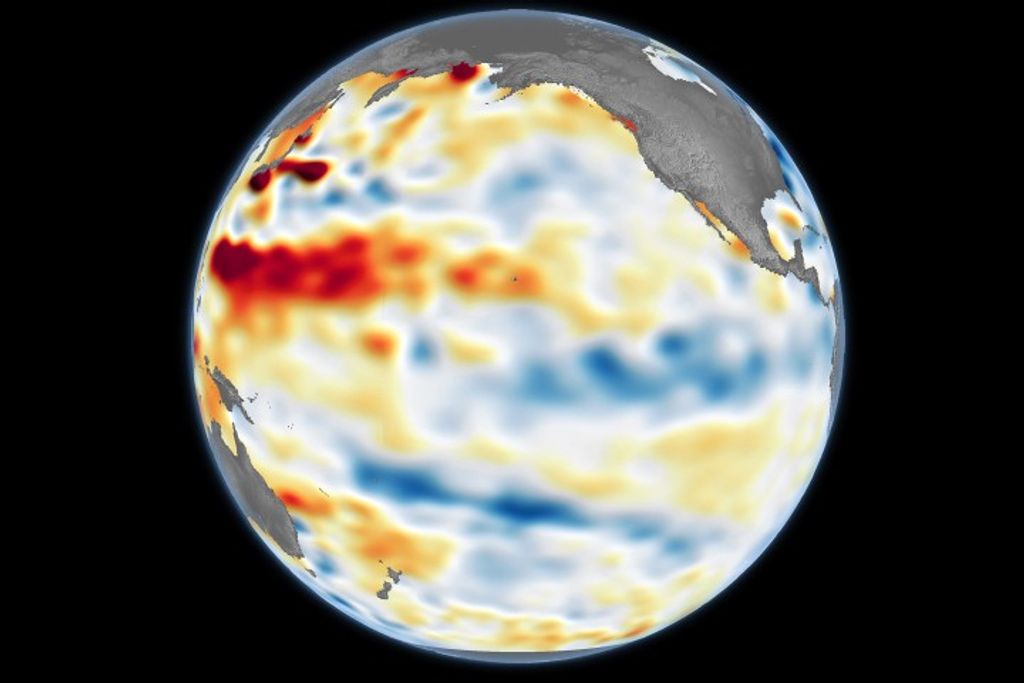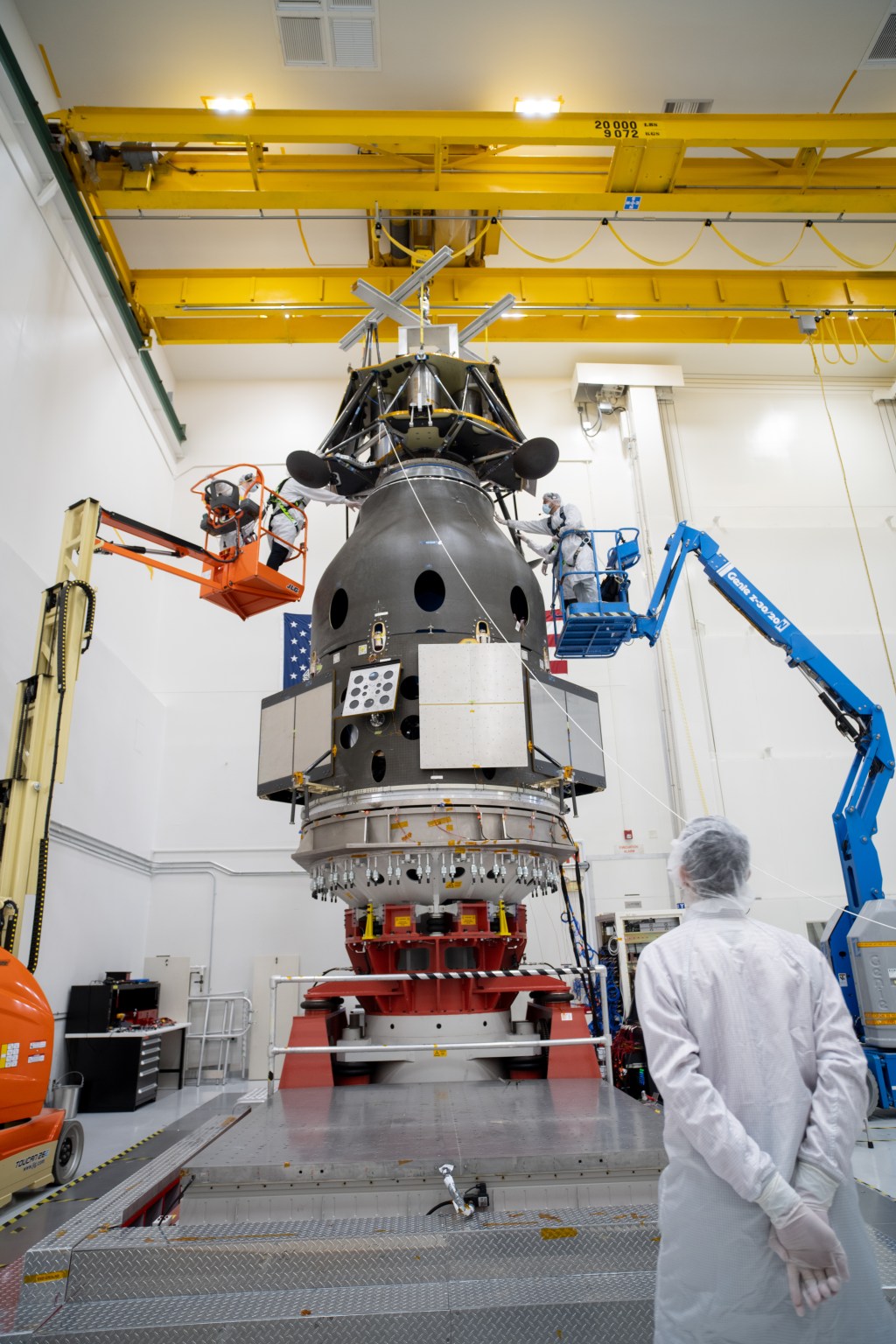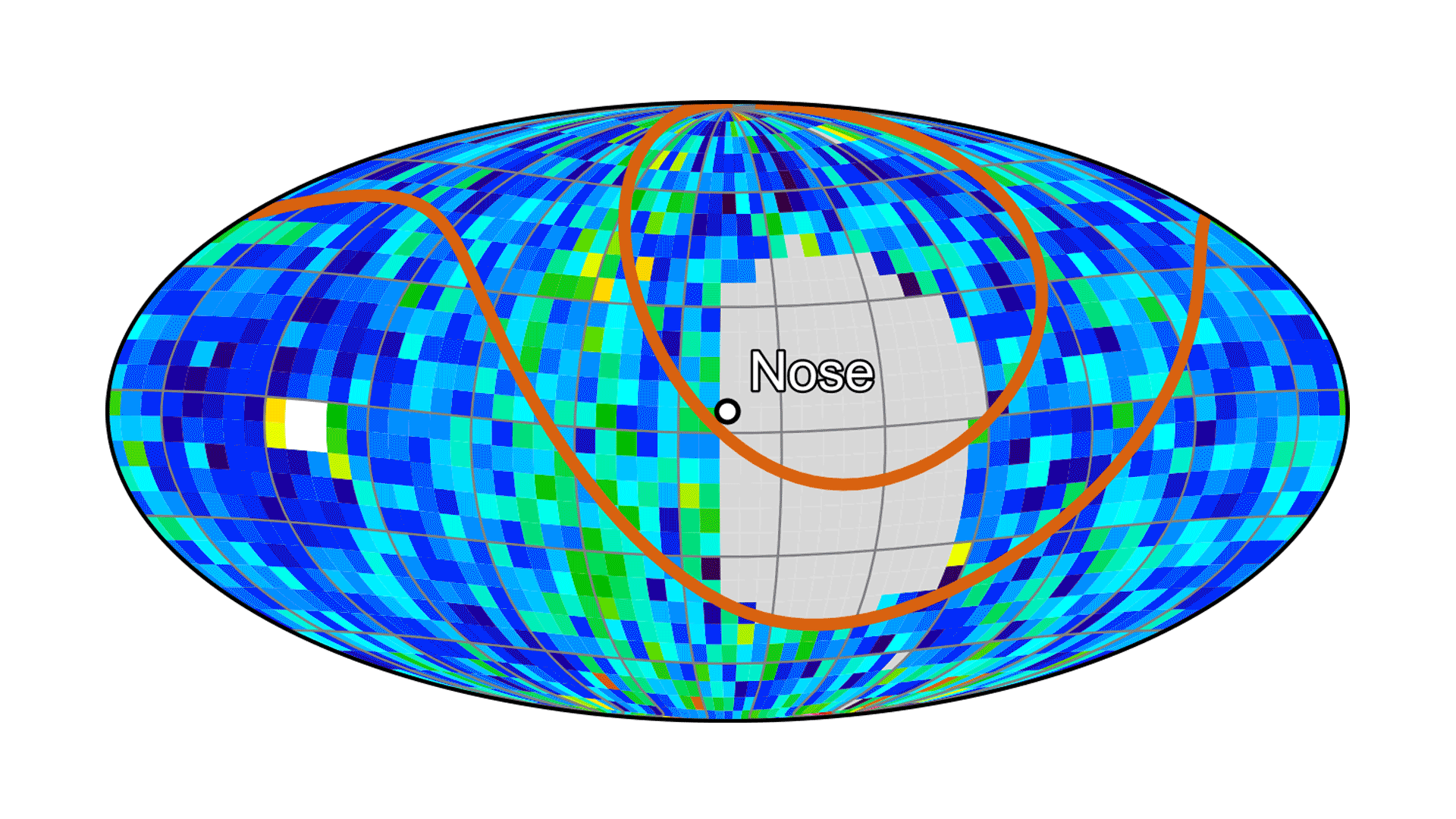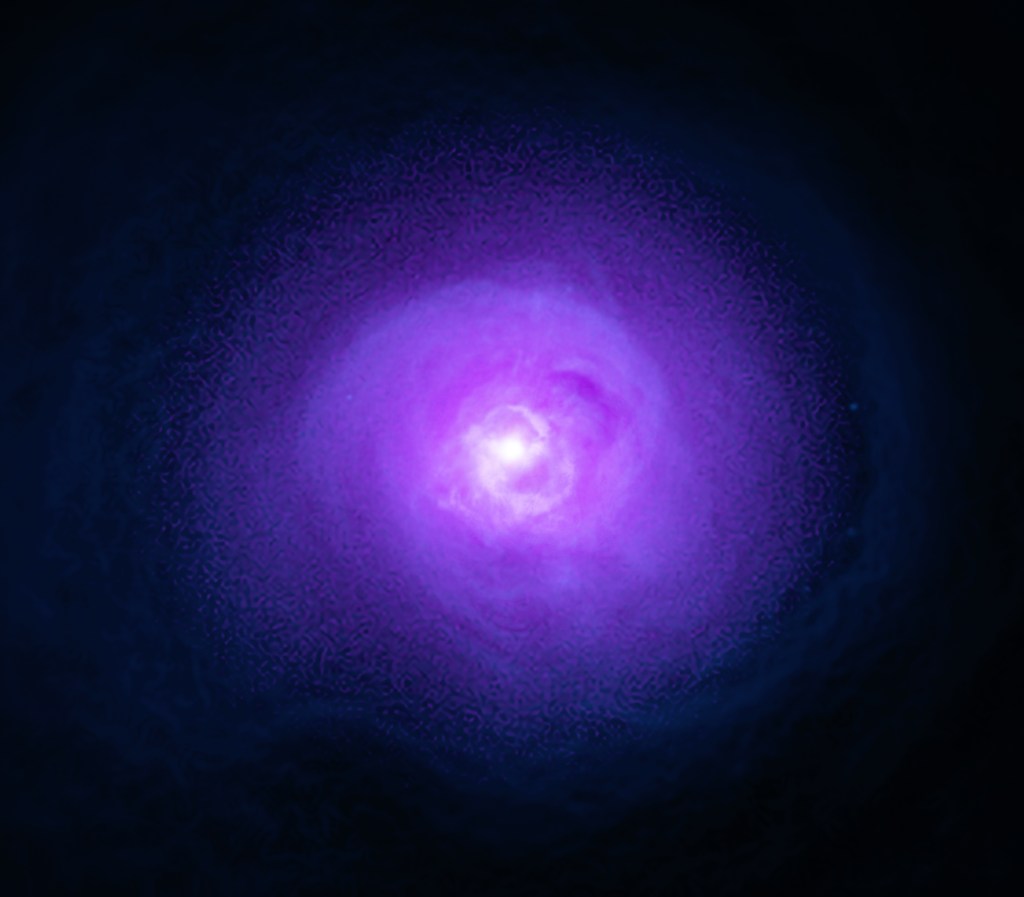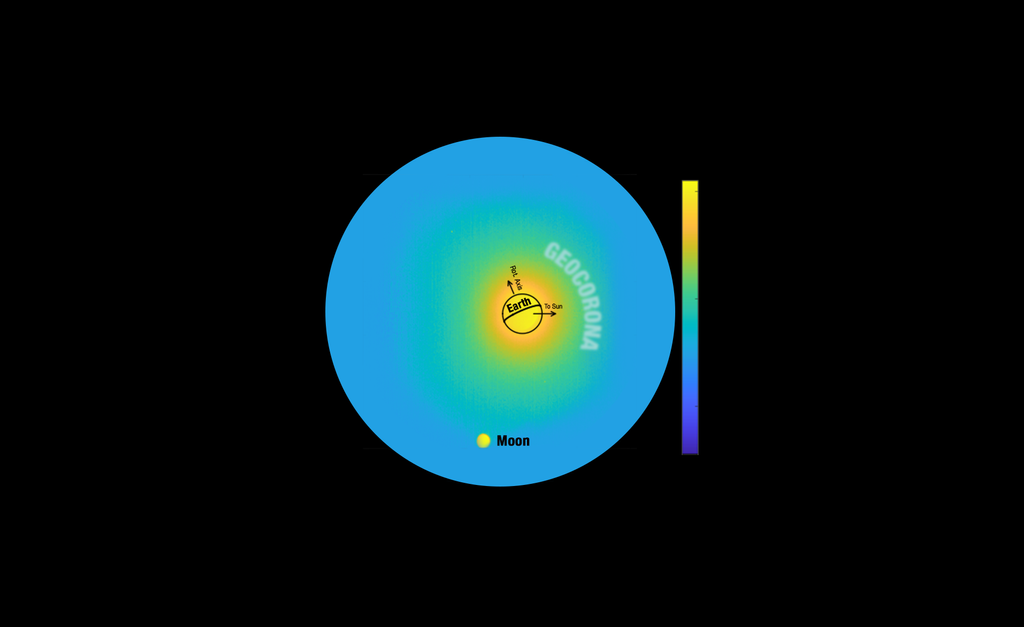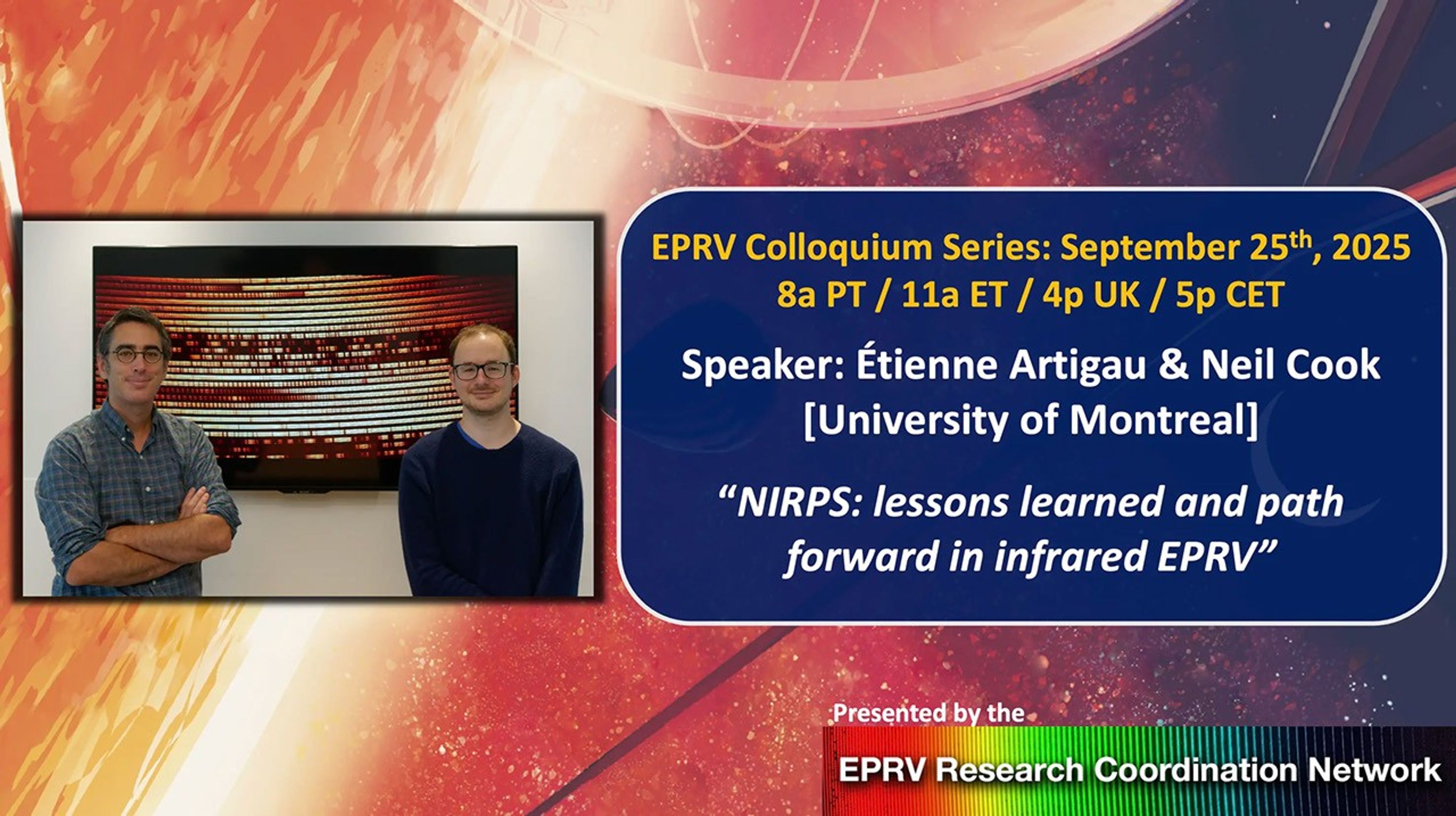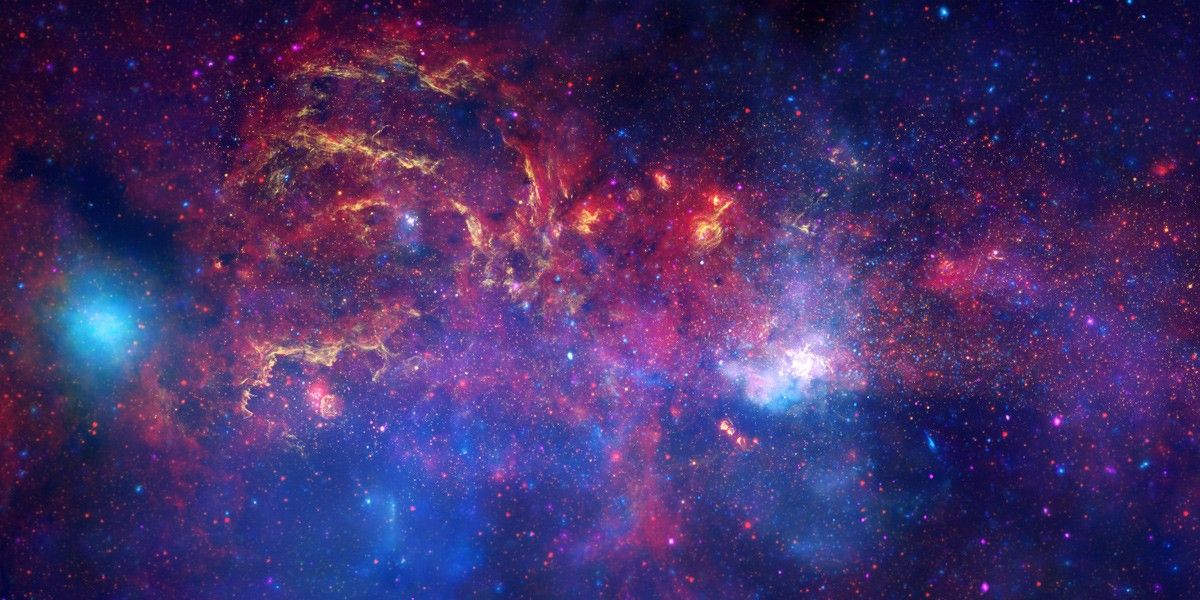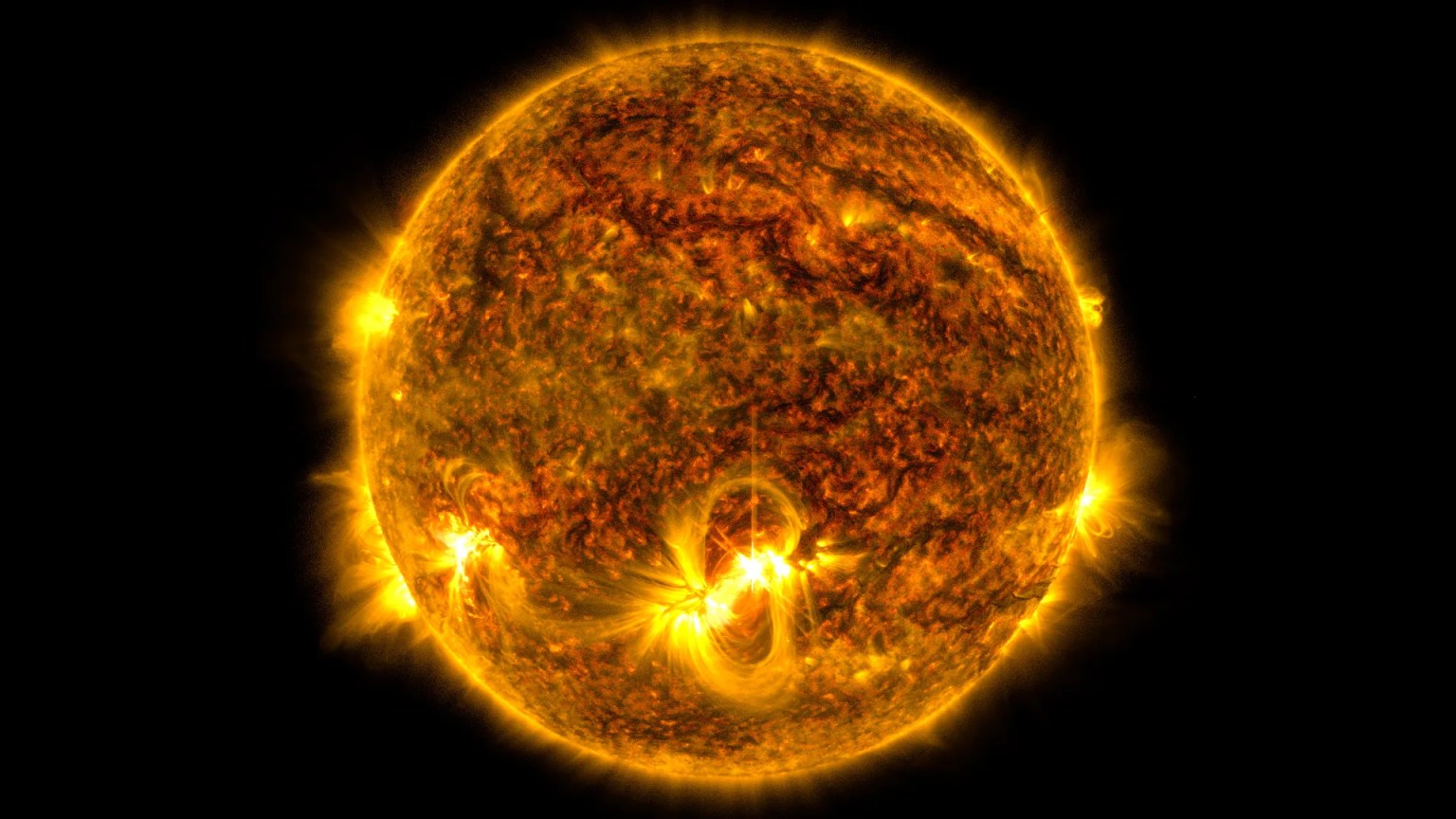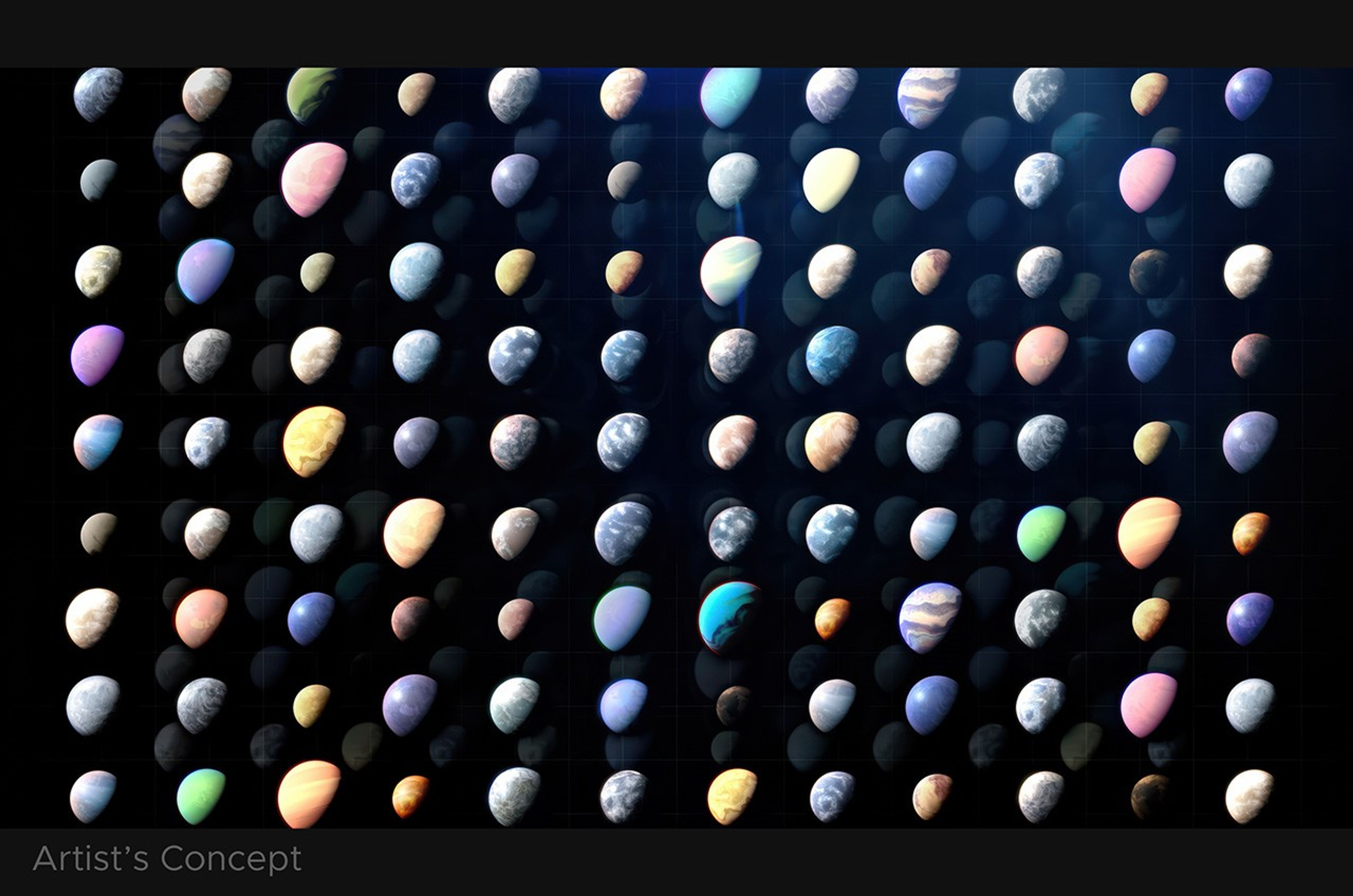EPRV RCN Welcome
Welcome | RCN Events | RCN Organizers | Wavelengths | Return to the EPRV page
The EPRV Research Coordination Network (RCN), sponsored by NASA’s Exoplanet Exploration Program, aims to support increased communication and collaboration within the radial velocity community as we work towards the goal of obtaining robust mass measurements for Earth analog planets.
Membership is open to the community and we invite participants from all corners of the RV community and related fields, including but not limited to: observational efforts, instrumentation, data analysis techniques, solar studies, and stellar variability mitigation. Please see the side bar for instructions / links on how to join the RCN.
Note: All members of the EPRV RCN will be required to follow our Code of Conduct
EPRV RCN Colloquium Series
The next EPRV RCN Colloquium will take place on September 25th, 2025 and feature Étienne Artigau and Neil Cook from the University of Montreal.
Abstract: We will present an overview of the NIRPS instrument that saw first light in 2022 in La Silla at the ESO 3.6m telescope; the instrument has been developed by teams in Switzerland, France, Portugal, Spain, Brazil and Canada and is used for an ambitious observing campaign that will span 5 years and take 40% of the telescope time. We will present an overview of the instrument, its current performances, and ideas the team has for future improvement. We will focus on lessons learned through the project, both at the instrument level as well as regarding the data framework reduction.
Upcoming RCN Colloquia
- October 23rd: Francesco Pepe [University of Geneva]
- November 20th: Cis Lagae [University of Warwick]
- December 18th: Sharon Wang [Tshingua University]
Background on the RCN
The 2018 National Academies’ Exoplanet Science Strategy, which provided input to the Astro 2020 Decadal Survey, acknowledged the importance of the radial velocity method “to provide essential mass, orbit, and census information to support both transiting and directly imaged exoplanet science for the foreseeable future” and recommended that “NASA and NSF should establish a strategic initiative in extremely precise radial velocities (EPRV) to develop methods and facilities for measuring the masses of temperate terrestrial planets orbiting Sun-like stars.” Subsequently, a community Extreme Precision Radial Velocity (EPRV) Working Group was chartered, which developed a roadmap for advancing the radial velocity technique to the point where EPRV detection or exclusion of Earth analogs orbiting nearby target stars of a future direct imaging mission would be feasible.
With the Astro2020 Decadal Survey recommendation for NASA to develop a large infrared/optical/ultraviolet space telescope capable of observing and spectrally characterizing potentially habitable exoplanets orbiting nearby stars, development of EPRV capabilities is critical as they will provide the only method potentially capable of discovering Earth analogs from the ground and measuring their masses. As part of its plan to “break the stellar variability barrier” and work towards enabling EPRV surveys capable of measuring the masses of Earth analogs, the EPRV WG report recommended that NASA establish an EPRV Research Coordination Network (RCN) of scientists across disciplines (solar, stellar, exoplanetary) and instruments.“ Thus, the development of this RCN, which endeavors to support the EPRV community in advancing towards the goal of detecting temperate, terrestrial, planets around Sun-like stars.









